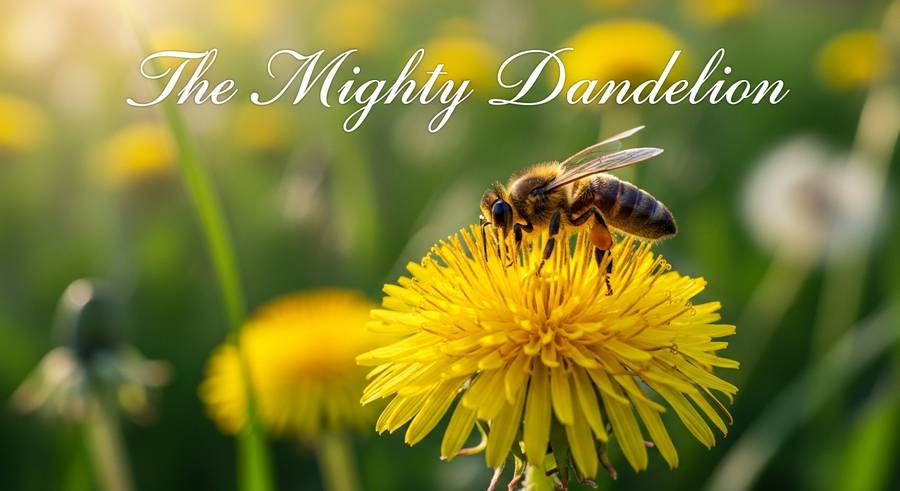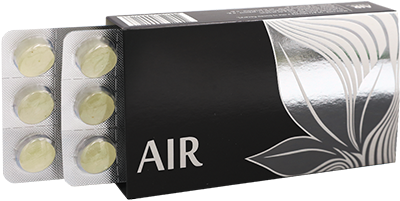
Identification
Dandelions (Taraxacum officinale) are easily identifiable perennial herbs. They feature a rosette of deeply toothed leaves that grow directly from the root. A hollow, leafless stalk rises from the center of the rosette, topped by a bright yellow, composite flower head. After flowering, the head transforms into a puffball of seeds, each attached to a white, feathery parachute.
Habitat
These resilient plants are found worldwide in a variety of environments. They thrive in lawns, fields, meadows, roadsides, and disturbed soils. Their adaptability allows them to grow in both sunny and partially shaded areas.
Nutritional Value and Uses
Dandelions are surprisingly nutritious. All parts of the plant are edible and can be used in various ways. The leaves are rich in vitamins A, C, and K, as well as minerals like iron and calcium. They can be eaten raw in salads or cooked like spinach. The roots can be roasted and ground as a coffee substitute or dried for herbal teas. The flowers can be used to make dandelion wine or jelly.
Beyond the Edible
Beyond their culinary and nutritional benefits, dandelions have a long history of use in traditional medicine. They are often associated with liver support and detoxification. Their diuretic properties have also been recognized for centuries.
Control and Management
For those who view dandelions as unwelcome in their gardens or lawns, several management strategies exist. Manual removal of the entire root is effective, though challenging due to the deep taproot. Organic herbicides are also available. However, it's worth remembering that dandelions are important food sources for early pollinators like bees.
Dandelions are far from useless weeds.
They support over 90 insect species,
including bees and butterflies.
Their taproots can grow up to 15 feet deep,
aerating compacted soil and bringing nutrients to the surface.
Even their leaves are edible and packed with vitamins.
Pristine lawns may look neat,
but they contribute nothing to biodiversity.
Before pulling a dandelion,
remember—it’s doing quiet work for your soil and pollinators. 🌼
Basic Dandelion Tea Recipe (Using Fresh Flowers, Leaves, or Roots)
This general recipe uses any part of the fresh plant.
Ingredients:½ cup fresh dandelion parts (flowers, leaves, and/or chopped roots)
2 cups water
Honey or lemon (optional, for taste)
Instructions:Rinse the dandelion parts thoroughly under cool water to remove any dirt, debris, or insects.
Bring the water to a boil in a saucepan or kettle.
Add the clean dandelion parts to the boiling water, reduce the heat to low, cover, and steep for about 10-15 minutes.
Strain the tea using a fine-mesh strainer or cheesecloth into a mug or teapot.
Sweeten with honey or add a squeeze of lemon if desired. Serve hot or allow to cool and serve over ice.
Dandelion tea is rich in vitamins, minerals, and antioxidants and has been used for centuries in herbal medicine. Potential health benefits include supporting liver and digestive function, reducing inflammation, and aiding the immune system. While promising, more human research is needed to confirm many of these traditional uses.
Nutritional content
Dandelion tea is made from the leaves, flowers, and roots of the dandelion plant (Taraxacum officinale) and is naturally caffeine-free. Depending on the part of the plant used, it can be a good source of:
Vitamins: A, C, E, K, D, and several B vitamins.
Minerals: Potassium, iron, calcium, magnesium, zinc, and manganese.
Antioxidants: Flavonoids and phenolic acids, which help protect cells from damage caused by free radicals.
Potential health benefits
Aids digestion: Dandelion tea supports a healthy digestive system. The root contains inulin, a prebiotic fiber that feeds beneficial gut bacteria and can help relieve constipation. It is also known to stimulate the flow of bile, which helps break down food.
Supports liver health: In traditional medicine, dandelion has long been used as a liver tonic. Some animal studies and preliminary research suggest that compounds in dandelions have protective effects against liver damage and may help reduce inflammation.
Reduces inflammation: Antioxidants and other anti-inflammatory compounds found in dandelion leaves and roots, such as taraxasterol, can help reduce inflammation throughout the body. Chronic inflammation is associated with many diseases, including heart disease.
Boosts immune function: Dandelion contains vitamins C and A, as well as minerals that are crucial for a healthy immune system. Some studies have found that dandelion extract can increase the count of immune cells.
Acts as a diuretic: Dandelion tea is a natural diuretic, meaning it increases urination and helps the body flush out excess fluid and salt. This can help reduce bloating caused by water retention.
Manages blood sugar: Animal studies suggest that dandelion tea may help regulate blood sugar levels and improve insulin resistance, although human clinical trials are still needed.
May have anti-cancer effects: Early cell and animal studies have investigated the potential for dandelion root extract to induce cell death in certain cancer cells, including melanoma and colon cancer. However, this research is ongoing and has not been replicated in humans.
Back to Table of Contents
ADVERTISEMENT

Breathe Easier, Feel Better
APLGO AIR is your delicious daily defense, a unique lozenge packed with a blend of five global ingredients and essential vitamins and minerals to support your immune and respiratory systems. Enjoy the pleasant taste as it nourishes your body, aiding in natural detoxification and helping you feel invigorated with every breath. These portable drops deliver targeted nutrients for your everyday wellness journey.
